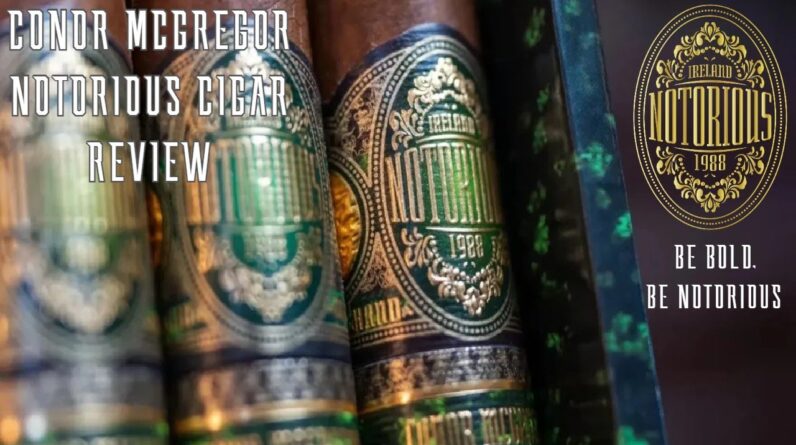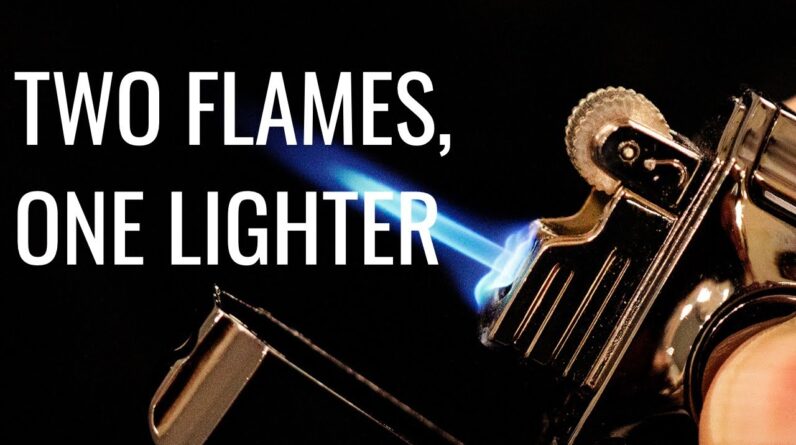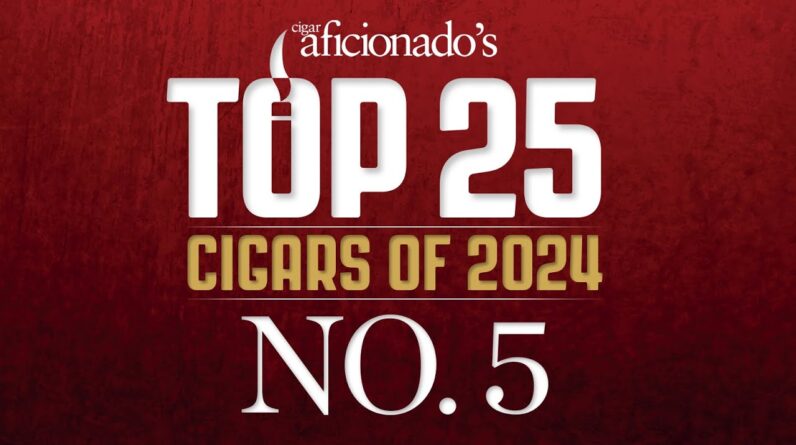There are three major tobacco-growing regions in Nicaragua, and Jorge Padrón, president of Padrón Cigars, discusses the strengths of each one.
What Are Cigars?
Cigars are a tube-shaped tobacco product made of tightly rolled, cured tobacco leaves and wrapped in a wrapper. They contain nicotine and other ingredients to give them different flavors.
The main components of a cigar are the filler, binder, and wrapper. The filler is the bulk of a cigar, and it can be made from several different types of tobacco leaves. The fatter the cigar, the more filler leaves there are. These varieties of filler tobacco leaves create unique strength, aroma, and flavor profiles.
In addition to filler, the wrapper is important for enhancing the flavor and aroma of the cigar. The wrapper is made from either a single tobacco leaf or multiple leaves that are wrapped together. The wrapper color, texture, and appearance are also important factors in determining the flavor of the cigar.
Smoking cigars can cause health problems, including cancers of the mouth, larynx (voice box), esophagus, and lung. It also can cause heart disease and other respiratory diseases.
People smoke cigars for many reasons. Some smoke them to relax their minds and ease their nerves. Others smoke them for a special occasion like a wedding or anniversary.
Cigars are also considered a symbol of class and royalty. They are an ideal way to bring a sense of sophistication and relaxation to any social gathering or event.
Although they can be addictive and harmful to your health, cigars are not as bad for you as cigarettes are. In fact, if you smoke only a few cigars per day, they may not increase your risk of cardiovascular disease or cancer.






